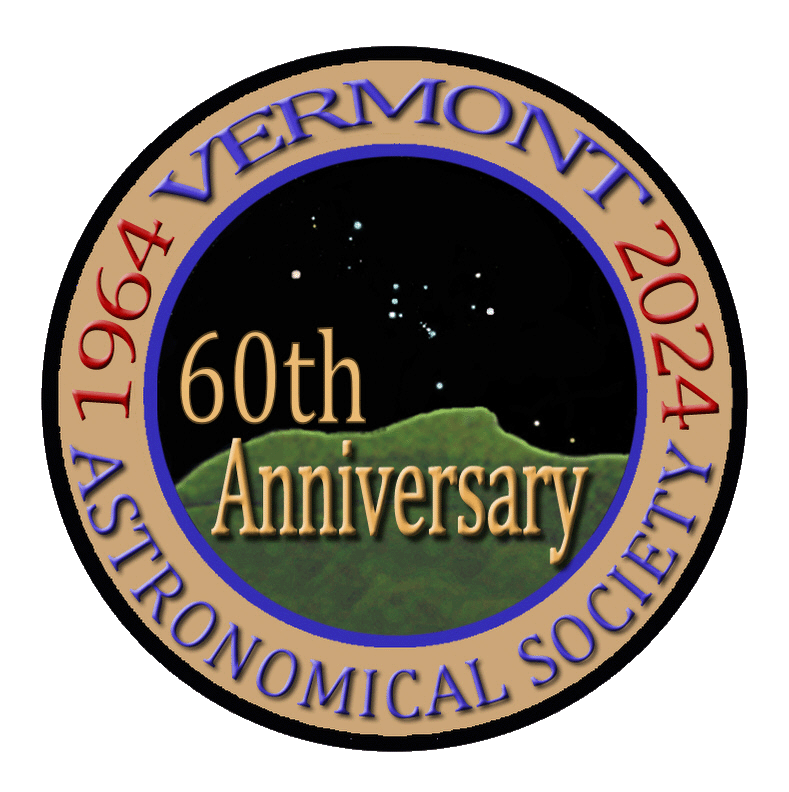Kicking things off in this sub-category by posting a capture of the Moon.
This image was captured with a Celestron NexStar 6 Evolution with a Canon Rebel as Prime Focus. This is a single frame image. It was taken on January 21, 2020 (a year ago).
Great shot Scott!! Love the detail!
Image upload was blocked with a "Too Big" message. It was 2.01MB, which is over the 2MB limit. Trying another. - Edit: Reply with attachment successful. Issue yesterday may have been a Server/WordPress hiccup.
This is beautiful! I love the texture of light along the dark line.
Moon, first quarter
Date: 3/31/2020
7.6 days old
Stack of 24 images taken at prime focus. 1/250 sec, ISO 200.
Telescope: 10" f/5.6 Newtonian on equatorial mount.
Camera: Canon T7i (24 Mp, APS-C size sensor)
Image scale: 0.52 arc sec/pixel (the telescope's theoretical resolution limit, depending on who's numbers you use is somewhere around 0.3 to 0.5 arc seconds so this is a good match)
The Moon was 236,740 miles distant at the time so 1 pixel = 0.6 miles on the surface.
The calculation:
tan (angle) = opposite side / adjacent side
opposite side = tan (angle) X adjacent side
miles on surface = tan (0.525 arc sec / 3600) X 236,740 miles = 0.602 miles
This image shows features as small as is typically visible in medium sized amateur telescope in good seeing.
I viewed the Moon visually before I took the shots for this image. Actually the smallest features are easier to see in the image than I could see them visually. This is due primarily to the increased contrast of the image. The larger features are also more readily visible for the same reason.
Typical good seeing in Vermont is 1 to 2 arc seconds.
2 pixels (1 arc sec) = 1.2 miles on the Moon's surface.
3 pixels (1.6 arc sec) = 1.8 miles
4 pixels (2.1 arc sec) = 2.4 miles
The resolution of this image is good enough to detect craters and similar features at least as small as about 2 miles.
Some linear features as small as 1 mile should be visible. Maybe even down to 1/2 mile wide if the contrast with the adjacent the area is high enough.
For those familiar with Fresnel Rile near the Apollo 15 landing site at Hadley Rile and Hadley Crater, some parts of Fresnel Rile that are only about 1/2 mile wide are detectable in this image. The parts of Fresnel Rile that are 1.5 miles wide are easy to see. Hadley Rile and Hadley crater are not visible because they are still in the shadow of the hills to the East of them.
Great shots Paul! Wonderful detail!
T
Date: 2/21/2021
10 days old
Stack of 20 images taken at prime focus using Registax 6.
1/250 sec @ ISO 200.
Telescope: 10" f/5.6 Newtonian on equatorial mount.
Camera: Canon T7i (24 Mp, APS-C size sensor)
Image scale: 0.52 arc sec/pixel
The is seeing (atmospheric turbulence) was good.
This is what the Moon looked like visually through the 10" f/5.6 telescope.
Moon_10d_2021-02-21_10inF5.6_prime_T7i_20x1-250th@iso200-BW.jpg
Another example of an simple entry level option for beginner astro-photography.
This is a shot of the March 21st 1st Quarter Moon.
Imaged through Celestron NexStar 6 inch Evolution with 40mm Plossl eyepiece.
Pixel 3 Android phone held to eyepiece using a Celestron NexYZ phone clamp.
Pixel 3 Camera App set in Nightmode with 3 second shutter delay.
The attached image is from a single frame, post-processed in Windows Photo Editor to flip the mirroring and adjust the contrast.
Great shots Scott!!
Terri
Humbled by the great shots that have been posted in this forum!
Here is a DSLR shot, unprocessed, of the recent Supermoon. Taken with a Nikon P950, a sophisticated point-and-shoot whose main advantage is a built-in super-zoom up to 1,000 mm. Has a designated "Moon" setting.
This photo is 1/500 sec., f6.5, ISO 220, at 357mm.
Here is a second shot the same night.
Tycho crater.
Nikon P950.
1/500 sec., f6.5, ISO 110, at 928 mm.
For both shots, the camera was tripod mounted.
Jack, Those are great examples of what the new high-zoom cameras are capable of. You can't get much simpler than mounting a camera on a tripod. Far less fussiness than setting up prime focus or phone clamps on a bulky telescope.
Great images Jack! It’s amazing what the lates point and shoot cameras can do.
terri
Here's another 1st Quarter Moon from April 18th. Taken through my Celestron NexStar Evolution 6 with a 40mm Plossl and neutral filter. Captured with the Pixel 3 in Night Mode in a NexYZ clamp.
The Night Mode provides in phone stacking of a few frames. A simple post imaging edit to flip the horizontal to make it familiar to the eye was done.
Here is my super-moon. I stuck my head out the back door with my SLR and 100-400mm camera lens and snapped a few photos hand held.
Terri

